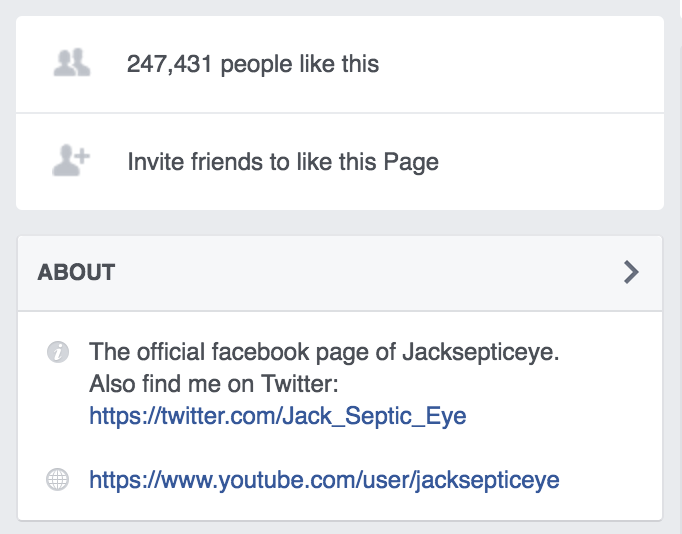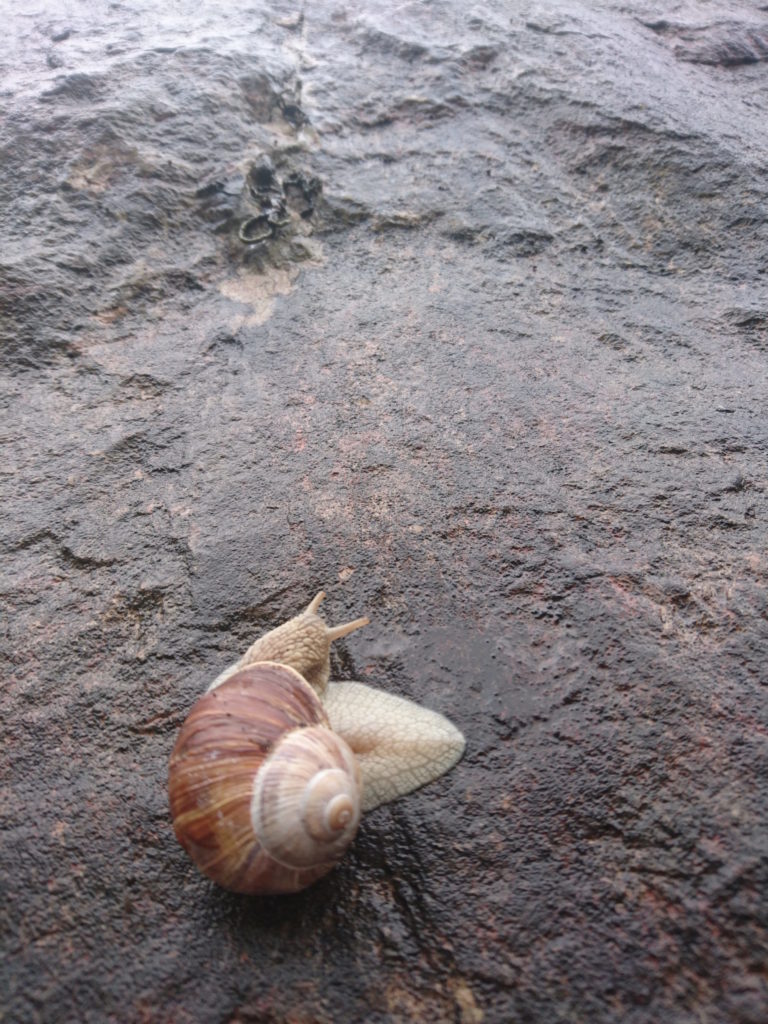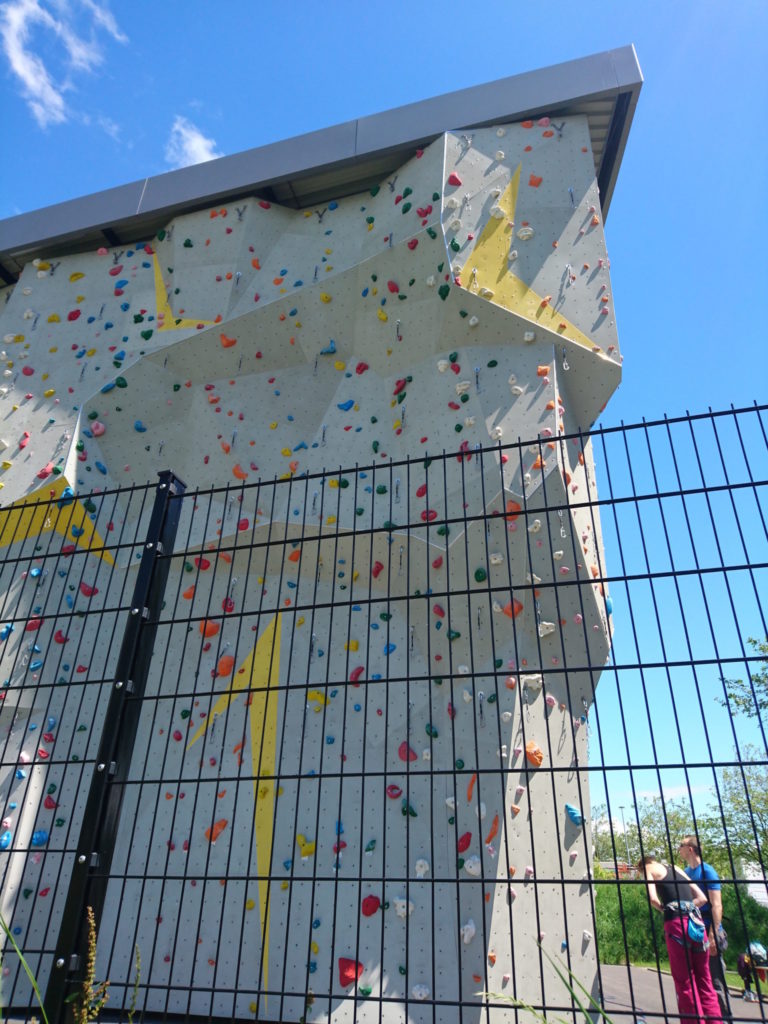Thoughts on the Conversational Sharing of Links
Facebook and twitter were first and foremost about conversations between individuals. It is only later that thoughts on the conversational sharing of links became relevant. In a conversational environment you may see headlines and either comment or re-share them without taking the time to read the article. In taking the time to read the article you neutralise the conversation that you were having.
This is not restricted to Facebook and Twitter. Those who remember Google Reader remember that we used to star articles that we wanted to read later. We bookmarked the stories that we thought were interesting and other people could see what we highlighted. This habit continued on to Facebook and twitter.
According to a new study by computer scientists at Columbia University and the French National Institute, 59 percent of links shared on social media have never actually been clicked: In other words, most people appear to retweet news without ever reading it.
The article and the researchers have failed to take in to consideration the tools that are available to social network users. On Twitter you had favourites and retweets. In theory a favourite serves as a bookmark and a retweet serves to share an article that you believe your timeline might find interesting. On Facebook they go further. You can like a post, re-share it or “save” it for reading at a future date. As people use likes to bookmark stories, share to distribute stories that are relevant to their friends or “save for later” for stories that interest them we see that sharing without reading is not the full picture. It does not look at why people shared the link. There is a chance that someone I know might like a story related to one or other of their passions or professional interests. In so doing sharing is not as senseless as the researchers imply.
The researchers made a few other telling observations, as well: Most clicks to news stories, they found, were made on links shared by regular Twitter users, and not the media organization itself. The links that users clicked were much older than we generally assume — some had been published for several days, in fact
If people follow only news organisations via a social network like Twitter then the social network ceases to become social and becomes an RSS aggregator. If it becomes an RSS aggregator then the value of such a social network declines. Do you remember when people were discussing curation, both at a friendly level and at a higher level? They were speaking of shared content and people sorting through what they thought was most interesting or relevant for the people who chose to associate with them. This explains why “clicks to news stories, they found, were made on links shared by regular Twitter users,…”. This is what you would expect from a social network. We trust the people we feel inclined to follow.
Among the many phenomena we’d tentatively attribute, in large part, to the trend: the rise of sharebait (nee clickbait) and the general BuzzFeedification of traditional media; the Internet hoax-industrial complex, which only seems to be growing stronger; and the utter lack of intelligent online discourse around any remotely complicated, controversial topic.
Clickbait and sensationalist articles are designed for a media landscape where people believe that clicks and hits are the purpose of a social network, rather than a sense of having had a good conversation with another person. Unique individuals should be socialising with those in their networks and as users get to know whom they have connected with so the sharing of news stories and information should match that knowledge.
The problem that I see is that no one knows their audience anymore, no one is trying to hit a niche. They share empty but sensationalist articles rather than the well written and thoughtful content that their followers, friends, colleagues and categories people would be interested in.
When people start to use social media to connect with like minded people once again, to have conversations and share interests then the quality of links shared will increase. Within a few weeks we may go back to a healthier social media landscape.











 You can set the interval to take pictures from every 8 seconds to every 60 minutes and 59 seconds.
You can set the interval to take pictures from every 8 seconds to every 60 minutes and 59 seconds.